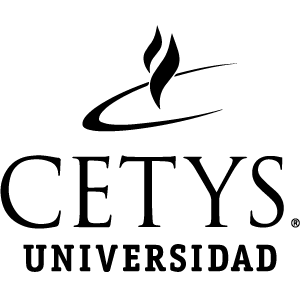https://repositorio.cetys.mx/handle/60000/1716| Campo DC | Valor | Lengua/Idioma |
|---|---|---|
| dc.contributor.author | Yepes-López, Gustavo Adolfo | - |
| dc.contributor.author | Camarena, José Luis | - |
| dc.contributor.author | Cruz-Pulido, Julián Mauricio | - |
| dc.contributor.author | Quintero-Campos, Luz Jeannete | - |
| dc.contributor.author | Lasio, Virginia | - |
| dc.contributor.author | Rodriguez, Jorge | - |
| dc.contributor.author | Zambrano-Vera, Jack | - |
| dc.contributor.author | García de la Torre, Consuelo Aledaila | - |
| dc.contributor.author | Schwalb-Helguero, María Matilde | - |
| dc.contributor.author | Priale, María Angela | - |
| dc.contributor.author | Solís-Sierra, José | - |
| dc.contributor.author | Rossi-Undurraga, Maruzella | - |
| dc.contributor.author | Carbajal-Ramos, Roberto | - |
| dc.contributor.author | Martinez, Pedro Javier | - |
| dc.contributor.author | González-Gutiérrez, Victoria | - |
| dc.contributor.author | Sánchez-Reyna, Rogelio | - |
| dc.contributor.author | Lassaga, Griselda | - |
| dc.contributor.author | Beltramino, Nicolás | - |
| dc.date.accessioned | 2024-02-13T19:57:59Z | - |
| dc.date.available | 2024-02-13T19:57:59Z | - |
| dc.date.issued | 2023-06 | - |
| dc.identifier.uri | https://repositorio.cetys.mx/handle/60000/1716 | - |
| dc.description.abstract | Purpose This article aims to report on the development and validation of a bribery measurement index for the business sector, which, based on institutional theory, seeks to overcome the limitations of traditional measurements, recognizing the dynamics that originate the phenomenon and identifying process components. Design/methodology/approach To construct the index, correlational and principal component analysis techniques were used, as well as rigorous statistical tests, validating the instrument in a sample of 2,963 companies in Latin America, including Argentina, Colombia, Chile, Ecuador, Guatemala, Mexico and Peru. Findings The result was an instrument composed of two dimensions: (1) anti-bribery game rules, composed of regulations knowledge and anti-bribery efforts, and (2) bribery as a perceived habit, allowing an objective representation of reality due to its internal consistency, concurrent and discriminant validity. Practical implications This instrument is one of the few that focuses on measuring bribery in the business sector in terms of corrupt practices, applicable for both public and private institutions to promote game rules against bribery. Additionally, the proposed theoretical model can be used to measure other phenomena with similar characteristics. Originality/value This article empirically highlights different variables that make bribery possible. The results can be helpful in the design of strategies to prevent this type of behavior. It also highlights the importance of designing mechanisms to record information related to bribery and the different expressions of corruption in order to explain its different nuances. Propósito Este artículo informa sobre el desarrollo y validación de un índice de medición de soborno para el sector empresarial, que, basado en la teoría institucional, busca superar las limitaciones de las mediciones tradicionales, reconociendo las dinámicas que originan el fenómeno e identificando los componentes del proceso. Diseño/metodología/enfoque Para la construcción del índice se utilizaron técnicas de análisis correlacional y de componentes principales, así como rigurosas pruebas estadísticas, validando el instrumento en una muestra de 2.963 empresas de América Latina, entre ellas Argentina, Colombia, Chile, Ecuador, Guatemala, México y Perú. Hallazgos El resultado fue un instrumento compuesto por dos dimensiones: (1) reglas de juego antisoborno, compuestas por conocimiento normativo y esfuerzo antisoborno (2) soborno como hábito percibido, permitiendo una representación objetiva de la realidad debido a su consistencia interna, validez concurrente y discriminante. Originalidad/Valor Este artículo pone en evidencia empírica diferentes variables que hacen posible el soborno. Los resultados pueden ser útiles en el diseño de estrategias para prevenir este tipo comportamiento, también destaca la importancia de diseñar mecanismos para registrar la información relacionada con la lucha contra el soborno. Implicaciones prácticas Este instrumento es uno de los pocos que se enfoca en medir el soborno en el sector empresarial en términos de prácticas de corrupción, útil para instituciones tanto públicas como privadas para promover mejores reglas de juego en contra del soborno. Adicionalmente el modelo teórico propuesto puede ser utilizado para medir otros fenómenos con características similares. | es_ES |
| dc.description.sponsorship | emerald insight | es_ES |
| dc.language.iso | es | es_ES |
| dc.relation.ispartofseries | vol. 36;núm. 2 | - |
| dc.rights | Atribución-NoComercial-CompartirIgual 2.5 México | * |
| dc.rights.uri | http://creativecommons.org/licenses/by-nc-sa/2.5/mx/ | * |
| dc.subject | Bribery | es_ES |
| dc.subject | Corruption | es_ES |
| dc.subject | Index | es_ES |
| dc.subject | Latin american company | es_ES |
| dc.subject | Institutional theory | es_ES |
| dc.subject | Soborno | es_ES |
| dc.subject | Corrupción | es_ES |
| dc.subject | Indixe | es_ES |
| dc.subject | Empresas latinoamericanas | es_ES |
| dc.subject | Teoría institucional | es_ES |
| dc.title | Institutionalization of corporate bribery: a measurement proposal with evidence from a Latin American sample | es_ES |
| dc.title.alternative | Revista Latinoamericana de Administración | es_ES |
| dc.type | Article | es_ES |
| dc.description.url | https://www.emerald.com/insight/content/doi/10.1108/ARLA-04-2022-0099/full/html | es_ES |
| dc.format.page | pp. 217-244. | es_ES |
| dc.identifier.doi | https://doi.org/10.1108/ARLA-04-2022-0099 | - |
| dc.identifier.indexacion | SCOPUS | es_ES |
| dc.subject.sede | Campus Mexicali | es_ES |
| Aparece en las colecciones: | Artículos de Revistas | |
Este ítem está protegido por copyright original |
Este ítem está sujeto a una licencia Creative Commons Licencia Creative Commons


